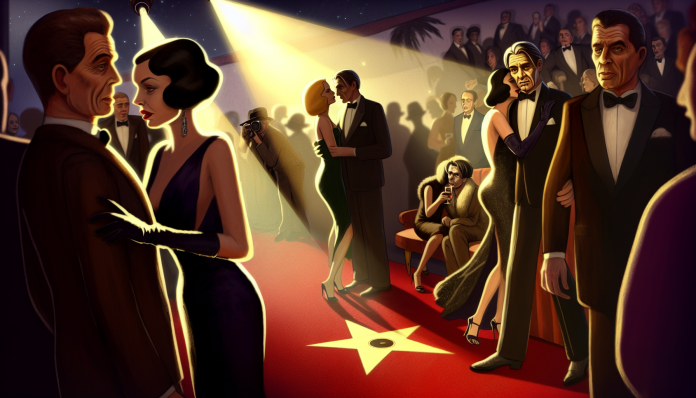Introduction
The early 2000s brought us some of the most talked-about celebrity romance stories, but few rivalled the drama of the Brad Pitt, Angelina Jolie, and Jennifer Aniston love triangle. The scandal played out in front of millions, captivating hearts and generating heated discussions around societal expectations of love, marriage, and infidelity. At the time, the prevailing moral attitudes largely condemned “home-wreckers,” yet the allure of celebrity culture often overshadowed this backlash.
The Scandal
The seeds of this famed love triangle were sown in 2000 when Brad Pitt and Jennifer Aniston tied the knot. The couple seemed like the perfect Hollywood duo—Aniston, the beloved “Rachel” from Friends, and Pitt, the dashing leading man. However, the narrative shifted dramatically in January 2005 when rumors began to swirl about Pitt spending time with his Mr. & Mrs. Smith co-star, Angelina Jolie.
Key events leading to the scandal included:
-
January 2005: Reports surfaced that Pitt and Jolie had developed a close friendship while filming. Aniston, previously unaware of the growing tension, found herself snapped by paparazzi during increasingly emotional outings.
- March 2005: Just months after Pitt and Aniston announced their separation, Angelina Jolie confirmed her relationship with Pitt, making a revealing comment: “We’re really happy. We’re just being ourselves.”
The fallout was swift. Fans of Aniston rallied, branding Jolie a “homewrecker” and leading to inflammatory headlines that pitted the two women against each other. Magazine covers splashed phrases like “Team Jen” and “Team Angelina,” highlighting a societal inclination to vilify women in such scenarios.
Moral and Cultural Analysis
Society’s reaction was a study in contradictions. On one hand, the traditional view of marriage instilled skepticism towards Jolie. Infidelity was typically denounced, and Aniston was widely regarded as the ‘wronged’ party, reflecting how women were often pitted against each other under patriarchal narratives.
However, Jolie’s public persona—brimming with activism and compassion, alongside her declared wish to adopt children—allowed her some cultural leeway. Many fans also admired her audacity to pursue love with Pitt, challenging conventional notions of fidelity and monogamy.
Consequences and Cultural Shifts
The scandal had a lasting impact on all parties involved:
-
Aniston’s Career: She faced a barrage of media scrutiny, with the press frequently discussing her heartbreak. However, she subsequently channeled her experiences into more mature roles, demonstrating resilience.
- Pitt and Jolie: The couple went on to have a family together, solidifying their status as Hollywood royalty. They engaged in philanthropic work, somewhat mitigating public outrage over their controversial start.
Modern Perspectives
Fast-forward to today, and reactions to such a scandal might be viewed through a different lens.
-
Shift in Moral Values: Today’s audiences often prioritize individual happiness and mental health over traditional relationships. The stigma surrounding infidelity has somewhat waned, with many acknowledging the complexity of human relationships.
- Increased Awareness: Modern discussions around infidelity often focus on the emotional ramifications and growth stemming from such experiences, promoting empathy over judgment.
Thus, the saga of Pitt, Jolie, and Aniston not only reflects the melodrama of celebrity culture but also serves as a pivotal marker of evolving societal norms surrounding love, infidelity, and personal choice. As fans revisit this narrative, they do so with an understanding shaped by the last two decades of cultural shifts, sparking renewed conversations about love and loyalty in the contemporary world.

